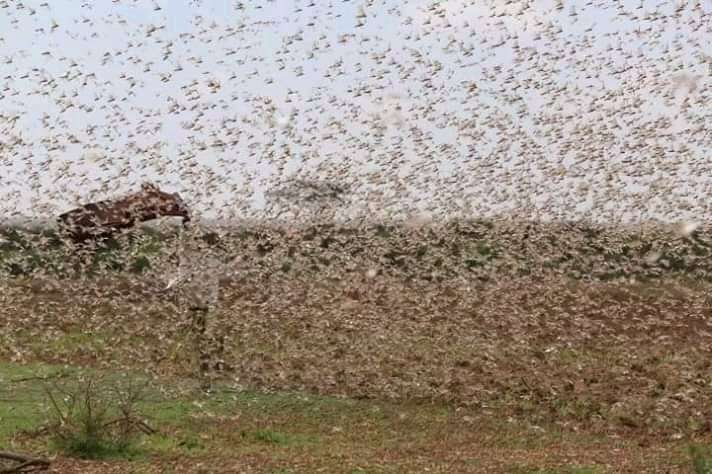
Swam of Locust invasion threatens food security
The UN has warned of a “significant and extremely dangerous” escalation in the number of desert locusts descending on Kenya, as the government strives to contain the threat before it reaches the country’s food-producing regions.
The tropical grasshoppers have been wreaking havoc on Kenya’s neighbours to the north and east, devouring tens of thousands of hectares of crops in Ethiopia and Somalia since last June.
Swarms crossed over into north-east Kenya on 28 December. In a statement released on Monday, the UN’s Food and Agriculture Organization (FAO) predicted that their “potential spread” could include the breadbasket counties of central Kenya.
If it does, the insects could destroy crucial parts of the country’s food supply, at a time when food insecurity is already on the rise owing to droughts and floods last year.
Each square kilometre of locusts in a swarm can eat as much in a day as 35,000 people, according to the FAO. One locust swarm seen in Kenya measured 2,400 sq km.
“There is an unprecedented threat to food security and livelihoods” across the Horn of Africa, the FAO said.
David Mwangi, head of plant protection services at Kenya’s Ministry of Agriculture, said the locusts had primarily destroyed grazing land in counties in the north-east so far. Pesticides have been sprayed by planes in several counties to exterminate the insects, and the expectation is that the swarms will be contained there.